If you’ve ever heard of truffles or been lucky enough to taste them, it’s probably been in the context of gourmet dining. A truffle is a type of edible fungi that’s much more difficult to cultivate than other types.
Like other crops requiring patience, truffles are considered a delicacy and fetch a high price because they take so long to yield a sizeable harvest.
There are two main truffle varieties: black and white. Black truffles are more common because they’re easier to forage. White truffles, on the other hand, are the priciest of truffles because they’re so incredibly rare. They don’t keep as long as black truffles, so they’re not often used commercially. It’s just not worth the hassle.
In order to learn how to grow truffles, one must first purchase a tree sapling that’s been injected or inoculated with truffle spores. A variety of tree species are suitable for truffle cultivation including but not limited to birch, pine, and poplar trees. Certain trees will sustain a truffle crop for longer while others will produce them a bit quicker.
Read on to learn more about how to grow truffles on your homestead!
Growing Conditions For Truffles
One of the essential requirements for growing truffles is that they need to be exposed to four seasons. Without exposure to a frosty winter, truffles cannot thrive which is why they’re not usually grown in southern climes.
Certain varieties will grow in warmer regions, but they’re less common. Truffles are grown primarily in the Pacific Northwest of the United States, Northern Italy, and France — though there are varieties located all over the world.

If you intend to farm truffles, you’ll need to test the soil in your chosen planting area to ensure the pH level is suitable for growth. In most cases, truffle-farmers-to-be will need to raise the pH.
Trees intended for growing truffles should be planted in soil with a pH between 7.5 and 8.3. Sufficient access to water is also necessary as trees will require plenty of moisture to grow and support truffle growth. Those who farm truffles may find it useful to install an irrigation system.
Truffles grow underground, so they don’t require light themselves, but in order for truffle supporting trees to thrive, full sunlight is needed.
How To Plant Truffles
Because truffles are grown on inoculated trees, access to adequate space is essential. It’s not a good idea to plant your crop far from view since truffles are in demand by foragers and known for their high market value. There is indeed, a lack of market supply for these gourmet fungi.
Plant at least ten trees in the designated area, but the more trees you’re able to plant, the better. Spores must be able to spread within the space. Plant in an open area and avoid placing inoculated trees near existing forested areas that might contaminate your crop.
How To Care For Truffles
When waiting for your inoculated trees to grow and your truffles to proliferate, little is required on your part. Be patient, ensure the area is irrigated or watered regularly, and prevent intruders from messing with your crop of gold.
One task you must do is weed often. This will give your truffles access to all of the nutrients they need rather than having to compete with other plants. Avoid using chemicals or harsh solutions around designated truffle-growing areas.
Related Post: Edible Mushrooms
You’ll notice that truffles are successfully growing around the base of your trees once you spot a ring of dead grass around trunks. This occurs because the fungus is gobbling up all the nutrients and water and leaving nothing behind to sustain a healthy carpet of grass.
Common Issues For Truffles
Small animals are a problem for truffle growers. Rodents are known for burrowing into the ground and nibbling on this exceptional crop.
Did you know that pigs are sometimes used in place of truffle sniffing dogs to locate these prized mushrooms? They have an excellent sense of smell but are likely to gobble down any truffles they find hidden in the ground.
Harvesting Truffles
Truffles are harvested from the ground at the base of inoculated trees. The best time to harvest mature truffles is in the winter when temperatures have cooled, but the ground has yet to freeze.
Some truffle pros use dogs to help locate truffles whether on their land or in the wilderness. Not sure if you’ve found a truffle? They look kind of like a deformed tuber vegetable, but they have a distinct flavor and aroma.
It takes about five years for truffles to be ready, and in some cases, truffles may not mature until a decade has passed.
How To Store Truffles
Once harvested, truffles must be appropriately stored to prevent spoilage. You wouldn’t want to waste your money, time, and effort by improperly storing these umami-flavored treats, would you?
Related Post: Growing Shiitake Mushrooms
While truffles taste best eaten fresh, it’s possible to store them for up to two weeks. A glass storage container is ideal. Wrap your truffles in paper to help absorb moisture and avoid sticking the container in the coldest part of your fridge. Freezing is also possible as a last resort. Note that black truffles keep longer than white ones, and white ones are not suitable for freezing.
Foraging For Wild Truffles
In regards to truffle growth in the United States, truffles are commercially grown and foraged in a few important locations including Oregon and Washington in the Pacific Northwest.
Finding wild truffles is just as tricky as growing them, but here are a few tips when scouting an area for these fungi:
- Look for damp, moist soil.
- Look for rodent activity. Small holes are a sign that small mammals have been burrowing nearby and may have been attracted by the scent of truffles.
- Look at the base of trees that are known for supporting truffle growth.
- Look for a tree with a burnt-out ring of grass or soil around its base which is a likely sign of harboring truffles.
Watch out! When foraging for wild truffles, be sure to accurately identify anything you dig up before using it for gastronomical purposes. While there are no known poisonous true truffles, there are toxic mushroom species that look a lot like them.
Why Is It So Hard To Grow Truffles?
The reason truffles are so hard to grow is they’re fairly different from other types of mushrooms which feed and thrive on decomposing matter. Truffles must be able to intermingle with tree roots in order to thrive. Without trees, you wouldn’t have truffles.
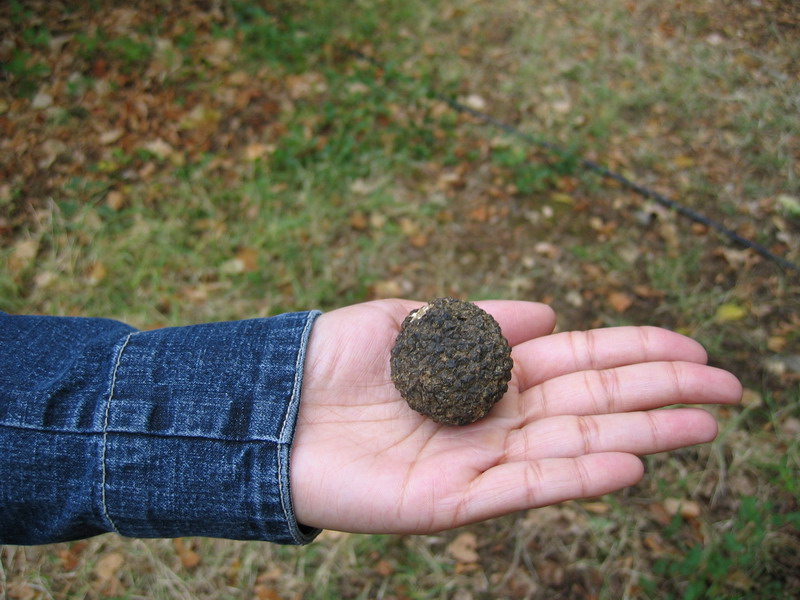
It’s also difficult to control an environment so that it supports the specific conditions required for truffle growth. Truffles prefer high pH and moisture levels, and because they’re so finicky, other mushrooms are happy to take over and run them out of town. Because they take so long to grow, keeping the conditions exactly right is a real challenge and not for the faint of heart.
Related Post: Mushroom Hunting
If you can’t find the time or space to grow truffles, you’re stuck paying a premium for this gourmet good. But if buying truffles is not within your budget, consider using truffle-infused oils to impart a similar flavor when creating truffle-focused dishes.
Are you a fan of truffles? Have you ever successfully foraged for these delicious umami orbs? Are you interested in starting a truffle-farming operation? We’d love to hear your stories in the comments section! Please feel free to share your truffle-related adventure with us 🙂
Resources:
- How to Grow Truffles, WikiHow
- How to Start Your Own Truffle Farm, Bloomberg
- What Can You Do With a Home DNA Machine? One Unexpected Answer: Grow Better Truffles, Ted Ideas Blog
- What Are Truffles and Why Are They So Expensive?, Wide Open Eats
- Truffles, MSSF
- How to Store Your Fresh Truffles, The Truffle Queen
- Truffles: Frequently Asked Questions, Napa Truffle Festival





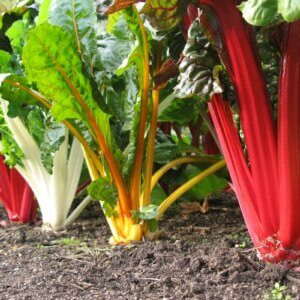

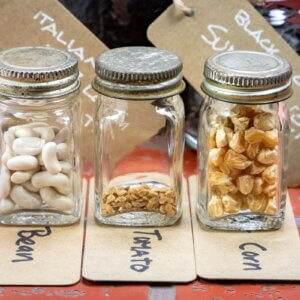








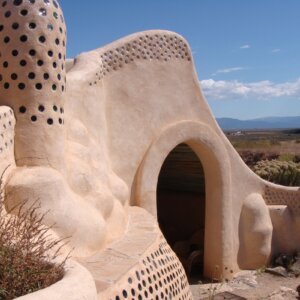






















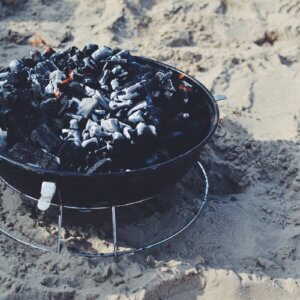


Leave a Reply